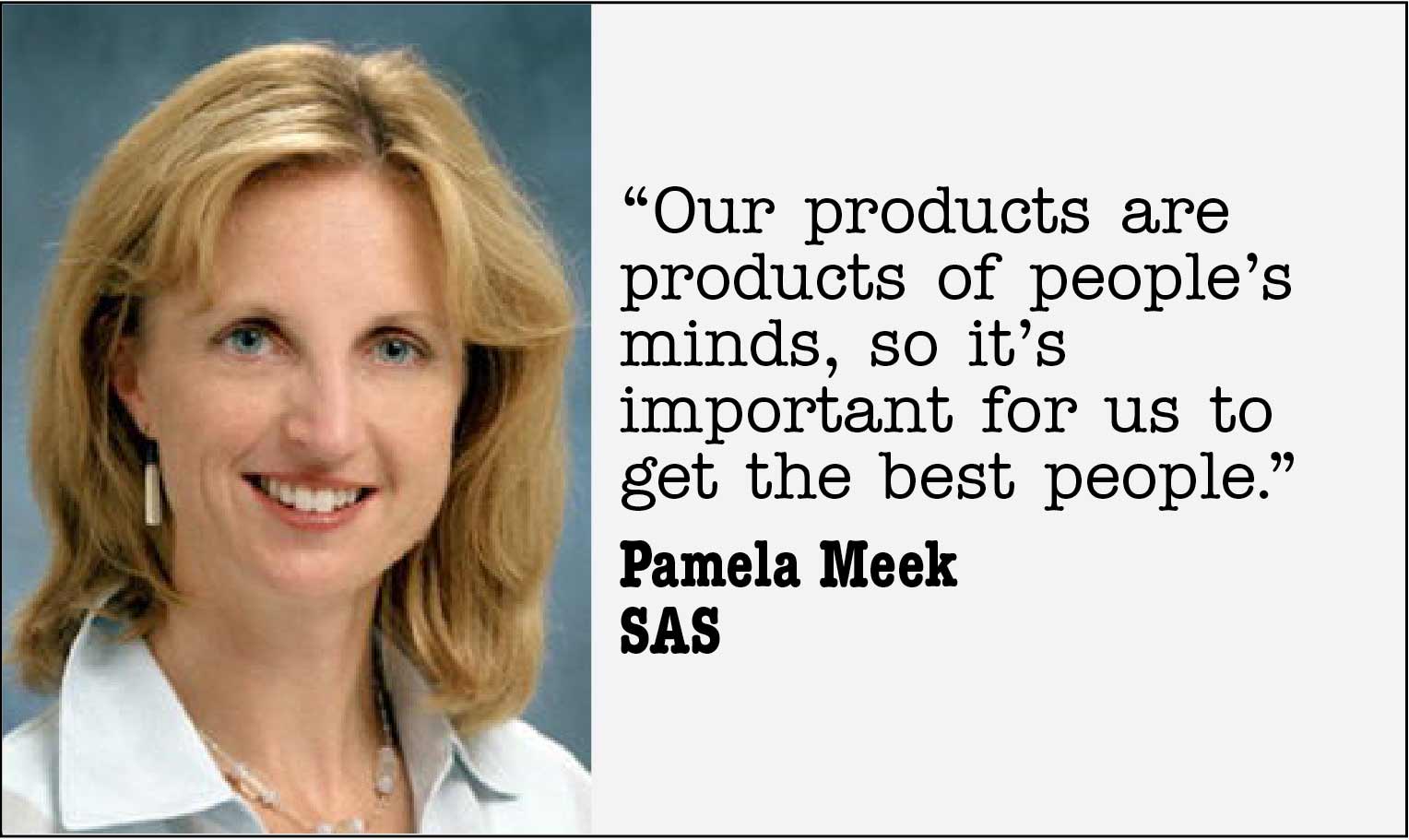There’s a strange phenomenon in the job market these days. On the one hand, the unemployed are desperate for jobs. But on the other hand, business owners are frustrated by what they feel is a shortage of truly qualified applicants.
Thanks to a slowly recovering economy, it’s tougher than ever to find a job. A Department of Labor June 2012 jobs report reports there were 3.7 unemployed job seekers for each opening (versus 3.4 in March) meaning there is greater competition for the available jobs.
While that’s much better the record high of 6.7 unemployed people for each opening in July 2009, it’s much worse than the 1.6 unemployed per opening in November 2007, the month before the recession began.
Yet, according to an August 2012 National Federation of Independent Business (NFIB) survey, of business owners who hired or tried to hire in the last three months, 37% reported few or no qualified applicants for open positions.
For those with the most marketable skills, there is serious competition. That means that organizations are more than eager to sign those well-qualified applicants on the dotted line. One of the most effective ways to lure top talent is by offering a variety of what are known as “soft” benefits.
Soft benefits can be defined as perks that complement formal health care, 401K, life insurance and the like. The PR News 2012 Salary Survey asked the 1,500+ PR professional respondents to name the soft benefits they offer, and the top three were maternity leave (68.8%); flexible work schedule (60.3%); and telecommuting (40.1%). Yet there are lots of other benefits to be had—both mainstream and offbeat—and a job seeker looking to pick and choose only has to go so far as Fortune’s annual Best Companies to Work For list to find those benefits. It’s a list that companies strive year after year to get on—and stay on.
 |
One of them is software maker SAS, which has been near or at the top of Fortune’s list for a number of years—and stands at No. 3 in 2012, down from No. 1 the year before. “For recruiting, the list is tremendous,” says Pamela Meek, senior director of external communications at SAS. “Our products are products of people’s minds, so it’s important for us to get the best people.” And people flock to work at SAS, with at least a couple of hundred applications for each job opening, says Meek.
When the Fortune list is revealed, the SAS PR machine is ready, with spokespeople prepped for the media and a special landing page on the SAS Web site primed.
VIRAL EFFECT
At Discovery Communications, its soft benefits are pushed hard by recruiters and highlighted on its Careers page on the Discovery Web site. But a big driver of awareness comes virally, says Michelle Russo, the company’s senior VP, corporate affairs and communications. “Good news spreads, and we are well known,” says Russo. “Our employees and ex-employees are ambassadors for the company.”
Russo adds that Discovery is in the process of making videos of its employees talking about why they like working at the company. These will be used as recruiting tools, targeted particularly at Millennials, who are more drawn to the technology.
Similarly, healthcare provider WellPoint, Inc. lets its workers tell their benefits stories through video. “We shot a short video of an associate who was a diabetic who was helped with our wellness program,” says Marc Nathan, VP of HR services, WellPoint.
An employee engagement survey lets Nathan know how well the benefits program is resonating. And the results have been good: In 2011, Wellpoint employees rated benefits 65% favorably, and in 2012 that number rose to 75%.
SET THE BENEFITS TABLE
But be careful with the soft benefits. They are only efficient when you start off with a rock-solid foundation of more traditional benefits, says Alan Weatherbee, VP of human resources at PR agency Cone Communications. “Great health and 401K benefits help set the stage for other benefits,” he says. “The are equally linked to good employee engagement as soft benefits.”
At Cone, soft benefits reflect the “genetic culture” of its staff. Nonprofit work and community development, as well as health and fitness, interest the Cone staff most, so one of the soft benefits backbones is the Hours for Good program. On company time, people can volunteer at an nonprofit for a half day or full day per month. On top of that, Cone created an agency wide day of service, when all employees take a day to help their community. Weatherbee has some tips for putting soft benefits programs into place:
1. Use your staff as a filter. Your employees keep tabs on other companies’ soft benefits. Find out what resonates with them.
2. Look at your employer brand. It should be a reflection or your organization’s culture.
3. Find ways to show commitment to work/life balance. “In an agency environment, everyone is wired to deliver for the client,” says Weatherbee. Acknowledge the hard work.
4. Brand your soft benefits. Package them effectively so they create excitement among employees.
Make no mistake, soft benefits may be fun or even over-the-top, but communicated correctly, they can set an organization’s culture and tone. PRN
CONTACT:
Pamela Meek, [email protected]; Michelle Russo, [email protected]; Alan Weatherbee, [email protected]; Marc Nathan, [email protected]; Jessica Aguilar, [email protected].
Follow Scott Van Camp: @svancamp01
